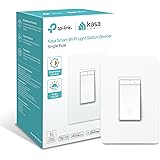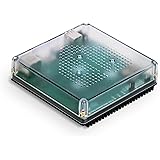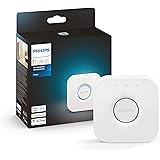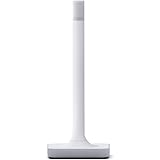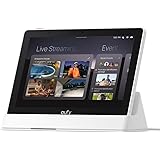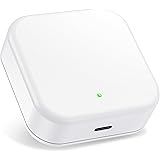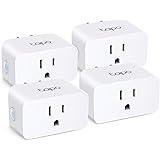Home automation is the process of controlling and automating various home devices, like cameras, thermostats, lights, and more. It is an essential part of smart living, and a growing trend across the world. However, it can be complicated to set up and maintain home automation software. Fortunately, Docker makes it easy to deploy and run home automation software. In this article, we will explore how to install and use Home Assistant with Docker.
Home Assistant is an open-source home automation platform that enables users to control and automate their smart devices from a single interface. Its wide range of integrations and capabilities make it a versatile tool for transforming any home into a smart, automated haven.
Running Home Assistant in Docker provides several benefits, including ease of installation and portability. Docker is a containerization technology that allows applications to be deployed and run in an isolated environment. Unlike a virtual machine, a container is lightweight and can be moved between different systems without worrying about breaking the software. This makes it ideal for deploying home automation software on a variety of systems, including bare metal servers, Raspberry Pis, and old laptops.
Docker images encapsulate all the required components, libraries, and dependencies of an application. This enables them to be run in an identical way on different systems, increasing reliability and optimizing performance. Using the right image for your application is an important step in ensuring its success. However, you should know that not all Home Assistant Docker images are created equal. Some may contain bugs or issues that can negatively impact your experience. To avoid this, it is recommended to build your own Docker image tailored specifically to your needs.
To create your own Home Assistant Docker image, first download the latest stable release from Docker Hub. Once the image has been downloaded, run the command docker run -d to start the container. The -d option means that the container will be run in a detached mode. It is also a good idea to give the container a name, such as homeassistant, so that you can easily identify it in the terminal.
When creating your own Home Assistant Docker image, it is important to ensure that you have sufficient permissions to access files and devices on the host system. If you do not, you may experience errors when executing Docker commands or accessing data within the container. In addition, if the container is not properly configured, it may not be able to start or perform correctly.
In addition to ensuring that you have adequate permissions, it is also recommended to use a reliable and robust database to store time-series data for Home Assistant. The most popular choice is InfluxDB, which is known for its high performance and reliability. However, there are other options available, including MariaDB and PostgreSQL. Lastly, it is crucial to regularly update your Home Assistant and Docker images to stay up-to-date with the latest fixes and improvements.

